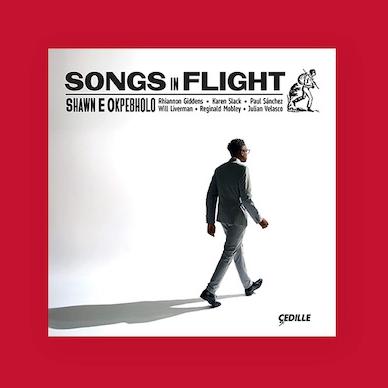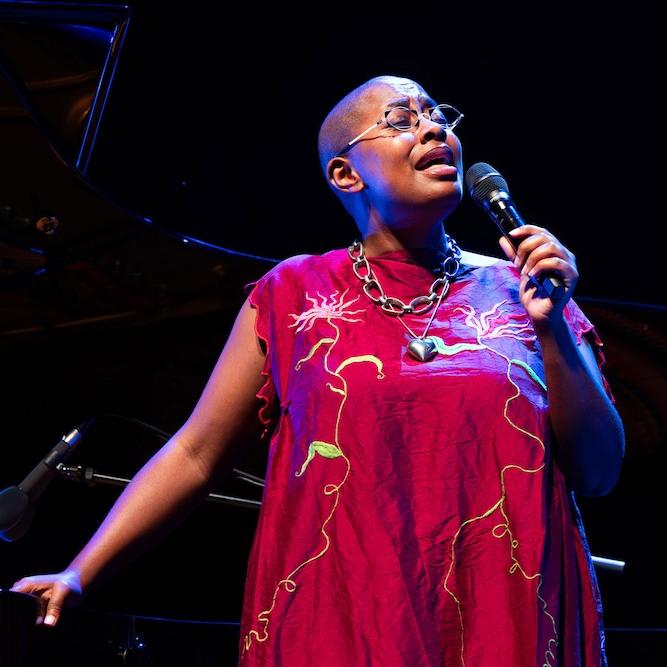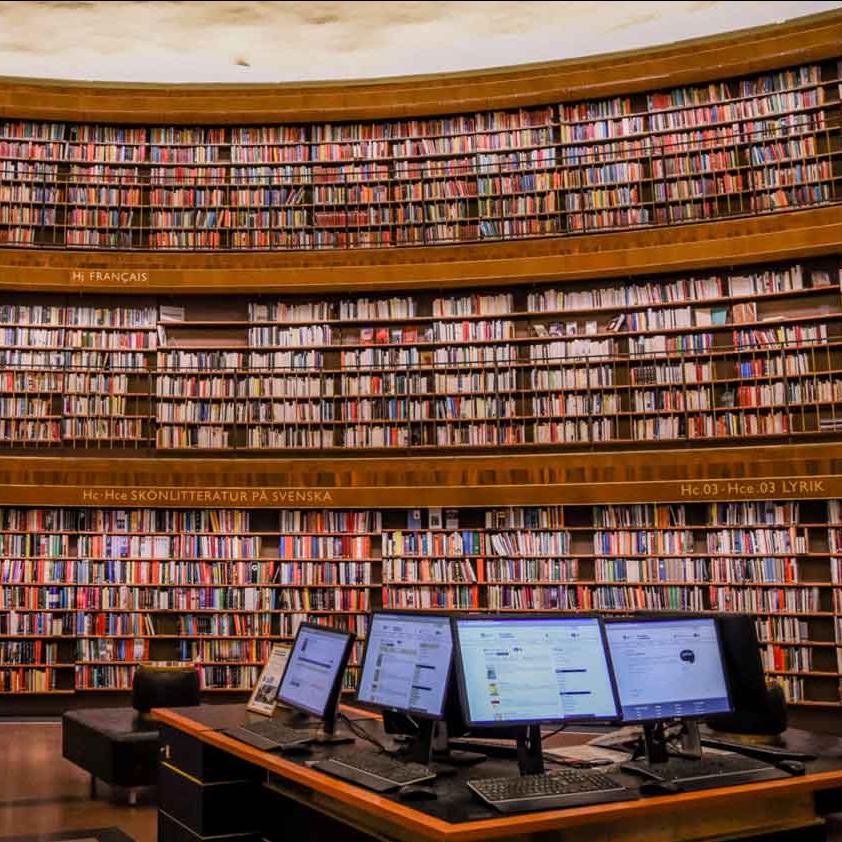Rebecca Harris-Warrick, Music, is a detective of sorts. As a musicologist, she works with primary sources from the past, often piecing together the cryptic story of a musical composition that has fallen by the wayside. “I love the puzzle-solving element of my research, the mystery of trying to figure out what happened in the past,” she says. “Much can be gained from historical investigation, which gives us other ways of seeing the world beyond the limited view we have if we study only our own time.”
Harris-Warrick’s specialty is French opera and dance from the Baroque period (the seventeenth and eighteenth centuries), when opera was nascent in Italy and France. From those early days until the French Revolution, French operas incorporated dance into every act along with singing. Even after that time, ballet continued to be a part of French opera, although not in every act.
“These days, there’s a big anti-dance prejudice not just among musicologists, but among opera performers and directors, too,” says Harris-Warrick “They claim the dancing in French opera is only there for decoration. My goal in my latest book was to show that dance is fundamental to these operas, that it is essential to understanding them.”
Dance in French Baroque Opera, Decoration or Functional?
Harris-Warrick’s book, Dance and Drama in French Baroque Opera: A History (Cambridge Press 2016), explores how dance defined French opera in the Baroque period and later, beginning with the very first French opera, written in 1672, by Jean-Baptiste Lully. “Dance has a dramatic function in these works,” Harris-Warrick says. “It may not always be in service of the plot, but it’s always in service of the drama; it’s inflecting the story. Moreover, if you leave it out, then you have to leave out the music that accompanies the choruses, which are often really, really good. And then all you’ve got is a bare skeleton based on a declamatory style of singing.”
In the book, along with her strong defense of the multiple and meaningful roles dance has played, Harris-Warrick also explores the intersections of musical, textual, choreographic, and staging practices at the Paris Opera during the Baroque period. “I tried to make this book interesting to people who are dancers, as well as to musicians, opera historians, and theater historians,” Harris-Warrick says. “I kept in mind the broader audience, not just the specialists.”
Piecing together the evidence to support her arguments required Harris-Warrick to dig into a dizzying array of primary sources that had barely seen the light of day in more than 200 years. “These eighteenth-century librettos and scores haven’t been edited by anyone since their heyday,” she says. “Making sense of them is time consuming. When I encounter scores that have been annotated, for instance, I have to try to ascertain when the annotations were done, who did them, and whether I should take them seriously. It might take me days to figure out enough about the score to know if it’s significant enough to include in my study.”
Publishing Lully
Harris-Warrick is currently immersed in a long-term project to publish the complete works of Lully in critical editions. The project is composed of multiple volumes and is overseen by L’Association Lully, the France-based association (of which Harris-Warrick is a member) dedicated to preserving the composer’s works. As part of this project, she compiled and edited its first volume, Série I, Ballets et mascarades, Volume 6: Ballet des Saisons, Les Amours déguisés, Ballet royal de Flore (Georg Olms Verlag, 2001). The association subsequently published seven more volumes. As a member of the editorial board, Harris-Warrick is overseeing the publication of a second volume of ballets.
This project, too, requires painstaking sleuthing by Harris-Warrick and her collaborators. “After Lully became famous, a huge cottage industry developed to copy his earlier works,” she explains. “We don’t have any originals in Lully’s own hand. There are many copies, and they all differ from each other. You might be looking at a ballet with a five-part score that has 25 different numbers in it, and copy number one will have the pieces in a certain order. But some of them will be missing, and then copy number two will have all the pieces, but not all the parts. They’ll be in a different order, and then copy number three will have different titles for the pieces. So you can’t know for sure which character they belong too. It’s challenging,” she says with relish.
Research in Service to Performance
As a former Baroque flutist also trained in Renaissance and Baroque dance, a prime motivation for Harris-Warrick’s scholarly work is her commitment to performance. “Everything I work on is ultimately in the service of performance,” she says. “Editing scores, for instance, makes the music available for people to perform. Here at Cornell, I’ve put on performances that utilized my scholarship to bring something to the stage.”
Harris-Warrick has produced a number of Baroque performances at Cornell over the years. One standout was a collaboration between Cornell’s Departments of Music and Theater and the Eastman School of Music in Rochester, New York, of Le Carnaval Mascarade. This pastiche was created by Lully from pieces of his earlier works and centered around the theme of Carnival. The pastiche had only been performed one other time since 1700. Harris-Warrick followed up that concert with several others, more focused on little-known Baroque works, often featuring the New York Baroque Dance Company. And in the fall of 2017, she brought the world-renowned dancer Hubert Hazebroucq to Cornell in a production called The Art of the Dance: Music and Movement from the Renaissance to the Baroque.
“Hubert is a spectacular dancer,” she says. “His concert was a mixture of serious and comic dances, and people loved it. The research part for me centered on the pantomimic dances at the end of the program. I discovered a concordance between a couple of sources that allowed us to tie down the original choreography for these comic dances to a certain time, place, and dancer. So Hubert was able to recreate the dances as they were originally performed.”
Her love of performance and scholarship makes Harris-Warrick especially appreciative of Cornell. “Many places, the musicologists sit in their studies with their books and listen to music,” she says. “They’re not necessarily cultivating performance themselves or interacting with it or making it a part of their lives. Here at Cornell, this sort of involvement is embraced. Most of us in the Department of Music who are musicologists still have performance in our lives. That’s why it’s a great place for me to work.”





